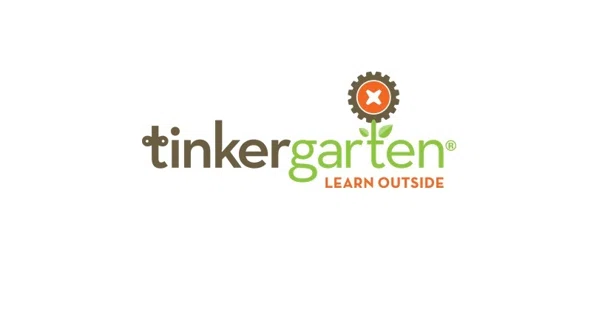How many of you grew up watching Mister Rodgers? He truly was a brilliant man who had so many great words of wisdom, one in particular was about the magic of “PLAY”.
“Play gives children a chance to practice what they are learning.”
-Fred Rogers
One day back in February 2017 (my son was about 12 months old at that time) we ventured over to the Mead Botanical Garden. It was a great place for him to practice his newly developed skill of walking. (By the way, if you haven’t been to this beautiful area, you should definitely put it on your list of places to visit. It’s located in Winter Park.) While walking around the area we came across a group of children, adults, and a leader. They were engaged in picking up nature findings within the surrounding area and placing them in their cute little buckets. They were so engaged in this activity! My son and I were off to the side watching, and the kind leader asked us if we wanted to participate as a trial class, so we did!
There were 5 parts that we participated in.
- Opening Nature Finding Activity
- Circle Time Songs & Other Learning Rituals
- Opening Activity (where the leader discusses the objective or scenario for the class)
- Main Activity Time (where the children, guides, and leader engage in a setup activity relating to the objective of the class)
- Snack Time & Closing Circle (time for reflection on what we learned that day)
Any guesses as to what class I’m referring to? If you guessed Tinkergarten, then you’re right!

From that class on I was hooked on the philosophy of Tinkergarten. We participated in lessons that involved building a paper boat and testing to see if it floated, to exploring with ramps and learning about squiggles (from the book “The Squiggle”). Throughout all these lessons the leader was helping to engage children in learning through setup scenarios that correlate to an early childhood curriculum that makes “play” the learning focal point. The best part about Tinkergarten is the learning takes place all OUTSIDE, and helps to promote children’s development through…
![]()
![]()
![]()
![]()
![]()
![]()
![]()
![]()
![]()
![]()
I was amazed at how engaged my son was! (He was a bit young for the class, but the leader let us participate anyways.) As a parent I specifically remember one class that involved us creating a ramp and finding things in nature to experiment if they would roll or slide down the ramp. A few days later we were at a park and of course just like any toddler my son was playing with mulch. He was taking the mulch and having it slide down an actual slide. I honestly think this was in correlation to what we were learning in our Tinkergarten class. How awesome is that?! As a new mom I was amazed that at such a young age my little boy is already starting to make connections.
Now, you’re probably wondering what exactly is Tinkergarten? This question has been asked quite a bit because it’s a fairly new program that’s starting to gain popularity. I had this same question as well! Below I listed a few bullet points that I gathered to point out the value of what Tinkergarten offers. 
- An early childhood curriculum (18 months-8 years old) which is developed from play based learning and takes place outside.
- Each class establishes a foundation of skills related to: physical, cognitive, and social & emotional learning.
- The lessons taught by leaders are setup with scenarios for children to problem solve that relate to an “end goal” in mind. It also incorporates literacy & science skills.
- Tinkergarten involves leaders, explorers (children), and guides (their adult) to create engaging learning opportunities for children.

You may be wondering… why am I sharing this with you? Well, first of all I find so much value in what Tinkergarten offers for young children. The ages between 0-8 years old are such critical moments where their learning starts to form. As a parent I’m starting to see this more each day! One of the best ways for children to learn is through “PLAY” all while exploring their senses.
Think about your own childhood experience. What are some memories you hold onto that relate to learning? Did any of it involve you being outside playing and using your imagination? So much research has been done relating to how children’s neurons are increasingly forming into synapses (in simple terms, making connections). Here is the honest truth though… by the time children are about 4-6 years old “synapses pruning” starts to happen. Basically, if the child isn’t using the connections they’ve made, they lose it. These young years are an opportunity for children to develop important connections about life that transform children into lifelong learners.
Tinkergarten is set up to help children make deep connections through educational activities that involve so many hands on and sensory opportunities. If you have participated in a class, you know that this type of learning is “messy”, which is the best way for children to develop a process of learning new skills.
My sources of information come from the Tinkergarten training I have participated in. After seeing how much my own son enjoyed the classes, I have decided to become a Tinkergarten leader within my own community.
Here’s More Information:
Tinkergarten is for children 18 months- 8 years old.
You can click here where it will direct you to the leader landing page, which includes more information about classes.
Tinkergarten also offers many resources on their website, specifically DIY activities. I completed the DIY pulley with my 15 month old son and he loved it!
Have you tried a Tinkergarten class yet? If not, maybe we’ll see each other outside!






















